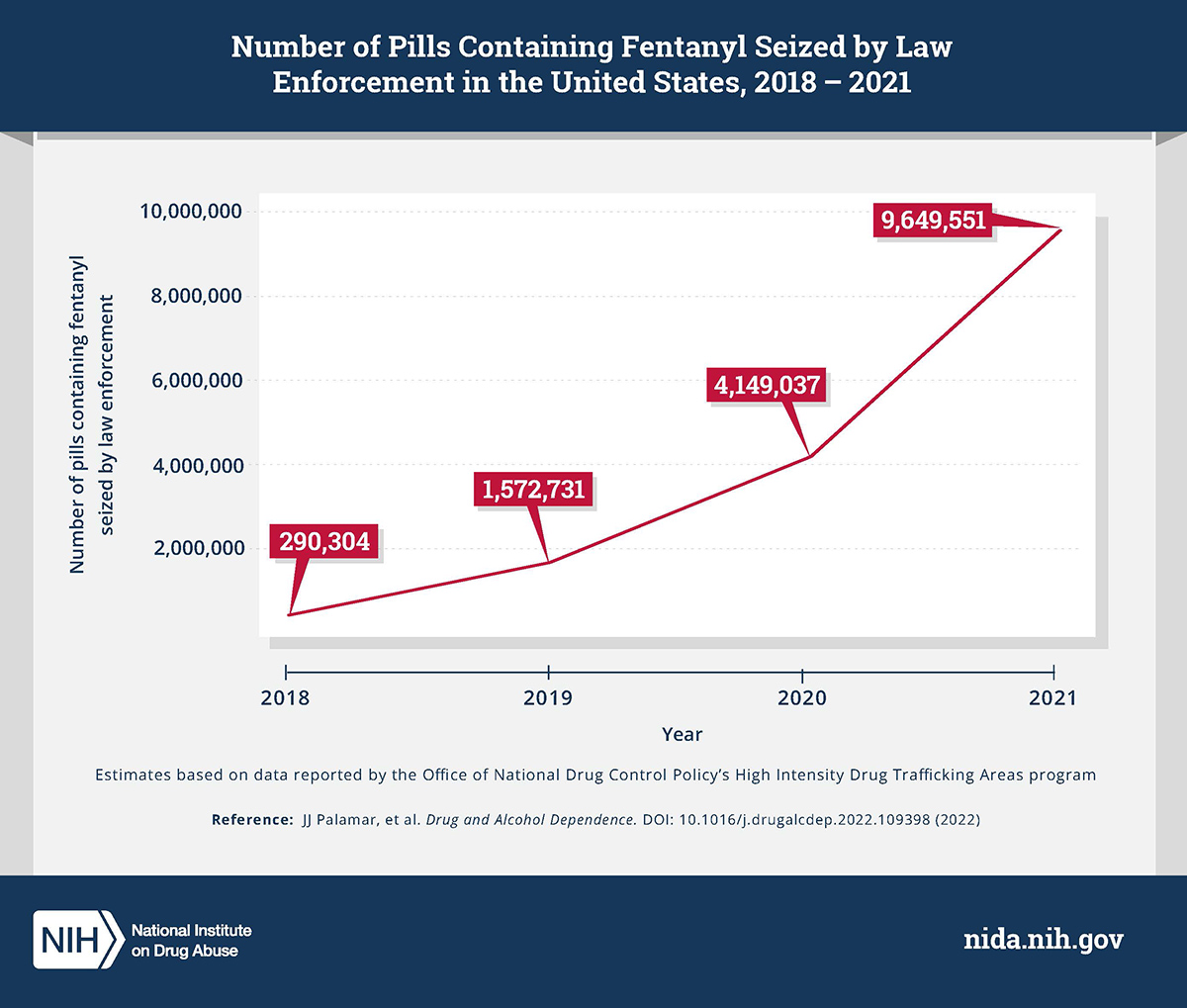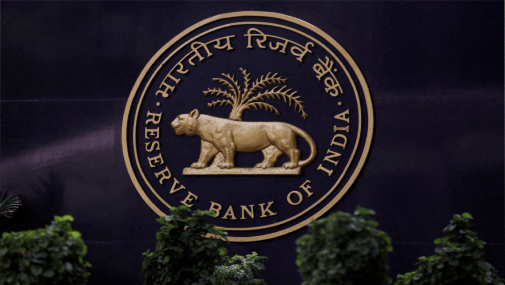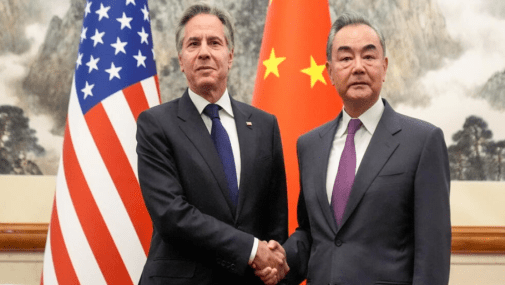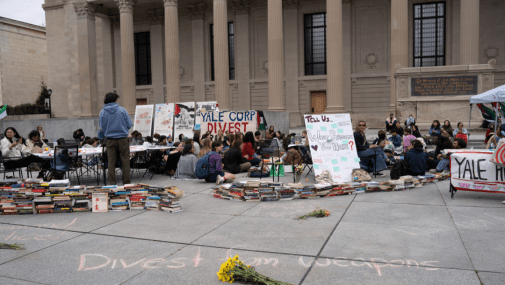THE NEW NEIGHBOURHOOD DRUG
September 10, 2022 | Expert Insights

Cocaine, heroin, and cannabis have long been the most trafficked drugs worldwide. In recent years, however, the growth of synthetic drugs has outpaced the production of the golden trio. One drug, in particular, has influenced the illegal drug market like no other: fentanyl.
Fentanyl is a synthetic opioid initially formulated as a pain killer for surgery. However, due to its highly modifiable chemical structure, certain compounds could be substituted or added to make it more potent. The increased potency allowed smugglers to traffic smaller, more compact batches while retaining the drug's effect.
Lately, drug cartels from Mexico have ramped up efforts to increase the production and transport of fentanyl into the U.S. Despite the efforts of the Drug Enforcement Agency (DEA), Federal Bureau of Investigation (FBI), and U.S. Customs and Border Protection (CBP) forces, in 2021, the U.S witnessed a record-breaking 1,08,000 deaths tied to synthetic drug overdoses, and this number is expected to increase. Fentanyl is insidiously spreading into America’s urban landscape, wreaking death and misery in its wake.
The ballooning profits from the fentanyl business are creating a fresh wave of killing in neighbouring Mexico, the hub of the American drug supply chain. As competing cartels jockey for the largest piece of the fentanyl pie, bodies pile up on the streets, hamstringing governance in an already feebly administered Mexico.
Background
The U.S’s war on drugs has been an ongoing saga for the last half a century. It has underpinned American efforts to subvert and replace regimes in its neighbourhood in an effort to cut the source of the drugs. Sadly, the results have, at best, been mixed.
The profits of the illicit drug trade into the U.S. are so vast that powerful drug cartels virtually run the government in Mexico with a chain of presidents and cabinet ministers on their payroll. Despite the extradition of many top drug lords to the U.S. to face long and uncomfortable prison sentences in maximum security penitentiaries, like the heads of Medusa, new drug barons spring up afresh.
In the early 2000s, the cartels started pivoting toward synthetic drugs for their availability and potency. The popularity of fentanyl, however, soared with the pandemic. The pandemic created an opportunity with job losses, lockdowns and increasing disquiet, surging the demand and raising the total number of drug consumers globally by 22 per cent.
With an increase in demand, drug cartels began investing heavily in synthetic drugs and increased the production of fentanyl. Moreover, during this time, 50 to 80 per cent of jobs in Latin America became informal, and 17.6 per cent of the youth population were unemployed. Cartels meticulously used the dire socio-economic conditions to garner manpower for their multibillion-dollar industry.
In Mexico, fentanyl production has led to bloody wars between rival cartels. This rivalry is one of the primary reasons for increased fentanyl production. The two most prominent producers, the Sinoloa and the Jalisco, have been at loggerheads to dominate the fentanyl market. The Jalisco, a relatively new cartel, has banked on brute violence to disrupt Sinoloa’s stellar business strategy. With China cracking down on fentanyl exports, both cartels have extensively started producing bootlegged versions of the drug.

Analysis
The shift from organic substances to synthetic concoctions has been highly profitable to the cartels for a few reasons. The cost of production being the foremost. Cooking 1 kilogram of heroin costs nearly 6000 USD, whereas the same quantity of fentanyl costs lesser than 200 USD for the cartels. Initially, the cartels had to depend on poppy farmers for their produce, and with law enforcement raids and seizures, protecting poppy fields and managing the demand became strenuous. With fentanyl, there is no need for external producers; the raw materials are readily available in huge quantities at any time. Moreover, the makeshift labs for making synthetic drugs can easily be relocated and shut down in case of a raid.
Like any modern supply chain, fentanyl production depends on components from other countries. And unexpectedly, like any other supply chain, most of the components for fentanyl come from China. Mexican cartels import fentanyl pills from China, add their spin on them, repackage them, and then smuggle it into the U.S. In 2019, the Chinese government tightened its grip over pharmaceutical exports after pressure from the U.S. However, it has been increasingly difficult for authorities to monitor which exports would be used for legitimate and illegitimate purposes.
China is not the only source of synthetic drugs, though. India, for example, is the largest exporter of tramadol (a synthetic drug) to the African and Middle Eastern regions. The effects of this drug are so detrimental that in Garaou, Cameroon, 80 per cent of road accidents are linked to the intake of tramadol. However, it is crucial to note that the drugs that these countries export are not banned or illegal in their region. The cartels or gangs that purchase the drugs make them illegal by lacing them with additional substances.
Assessment
- International cooperation is undoubtedly required to eradicate, if not minimize, the impact of synthetic drugs like fentanyl. Countries must monitor the export of pharmaceutical goods and vet buyers before allowing any mass transfer of drugs or drug manufacturing equipment. The illegal supply chains must be shut down.
- With the growing influence of cartels in Mexico, trafficking and violence are expected to rise. Despite the backing of the U.S. and decades of the presence of the Drug Enforcement Agency (of Narcos fame) in the country for decades, the war on drugs is all but lost. Unless the Mexicans themselves get a hold of their country, no external power, however powerful, can cut off Medusa's head and at the same time prevent its blood from regenerating fresh demons.








Comments